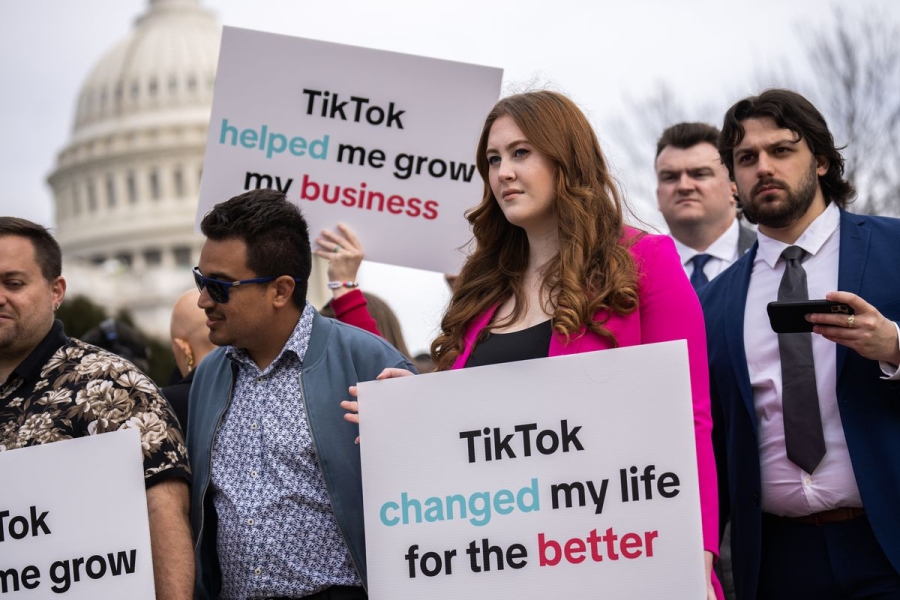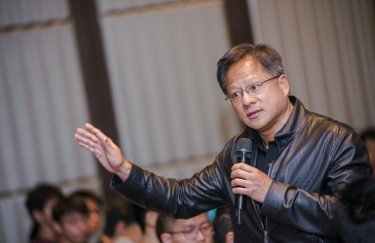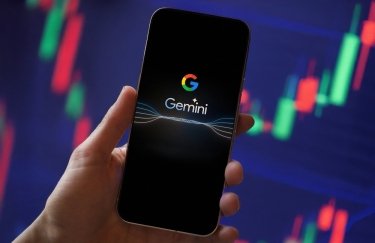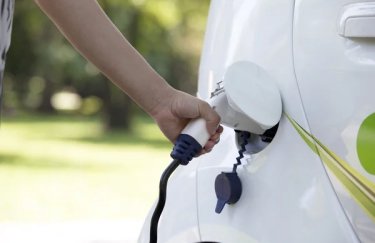The app skews younger, its users appear more politically polarized, and its user base is changing.

Christian Paz is a senior politics reporter at Vox, where he covers the Democratic Party. He joined Vox in 2022 after reporting on national and international politics for the Atlantic’s politics, global, and ideas teams, including the role of Latino voters in the 2020 election.
The odds of a ban on TikTok becoming a reality have never been this good.
The House of Representatives passed a bill to force a sale of the Chinese-owned app by a massive bipartisan margin on Wednesday — and the effort has some bipartisan support in the Senate, as well as the backing of President Joe Biden.
The vote came despite a long-running lobbying effort by the app’s parent company, ByteDance, to assuage lawmakers’ concerns over privacy and national security. That effort escalated last week when the app pushed its users to call and email their representatives, urging them to vote against the bill. The effort may have backfired, as callers flooded congressional phone lines and tipped ambivalent lawmakers into voting for the bill — but it also revealed the loyalty of the app’s user base.
But who exactly would be affected by such a bill? Though a third of American adults report being TikTok users, that user base has undergone some interesting changes since the platform rose to prominence in the pandemic era. Its user base is growing, but not necessarily in the most predictable way. And its users might actually have different views than the average, non-TikTokking American — lending some credence to critics’ arguments that the platform may be having an effect on how its users view the world.
The platform has been dominated by the youngest Americans — but they aren’t fueling its growth now
What has always set TikTok apart from other social media platforms is how quickly it grew. The pandemic is largely behind this boom: It took TikTok two years to get to the 40 million monthly American users it had entering 2020, according to figures released that year by the company. In the following eight months, it more than doubled that number, and it reported more than 100 million monthly users by August 2020.
Most of those users skewed young — and the user base continues to be younger than the rest of the country. The youngest American adults are much more likely to use TikTok than their older cohorts: 62 percent of 18 to 29-year-olds report using TikTok, compared to 39 percent of 30-49 year olds, 24 percent of 50-64 year olds, and 10 percent of those older than 65, according to a comprehensive Pew Research Center study in 2023. And of all social media apps, TikTok is the platform that young users report using the most, only behind the mainstays of YouTube, Facebook, and Instagram.
That survey also documented an important change happening within the app’s user base: it’s getting older. TikTok users aged 18-29 increased by 14 percent from 2021 to 2023. But among millennials (those aged 30-49), TikTok usage rose by 17 percent — outpacing growth among younger users.
“So while TikTok use is still most prevalent among that youngest cohort … it’s seen the most growth among those aged 30-49,” Pew computation social scientist Samuel Bestvater told me.
Not everyone who uses TikTok posts videos on TikTok
A little over half of adult TikTok users have ever posted a video, and as of the end of 2023, 35- to 49-year-olds are more likely to have posted than people 18 to 34. More jarringly, it’s only about a quarter of TikTok users who make 98 percent, or nearly all, the TikToks that can be publicly viewed. So it’s a small number of agenda setters and influencers who are actually driving conversations and trends on the app — and they’re probably older than you expect. This trend also aligns with a finding by the tech writer Ryan Broderick, who last month documented the other signs that TikTok is aging.
That same Pew report also found some other interesting demographic differences in who is likely to be a TikTok user. Hispanic adults are more likely to be users (49 percent of Hispanic adults report using the app) and women also report using the app at higher rates — about 40 percent of female adults use TikTok, compared to 25 percent of men.
What are the politics of Tiktok’s users?
Pew hasn’t yet been able to determine exactly what kind of content these creators are putting out into the world, but through separate public polling it’s possible to see what kind of an effect this media is having on its users. As more Americans, and particularly younger people, report using TikTok as a primary source for news and information, it’s becoming evident that the app isn’t a neutral arbiter of information for all its users, and is potentially helping its users form different opinions than non-users.
In two national NBC News tracking polls, TikTok users report having starkly different perspectives on political issues than non-TikTok users, specifically in how favorably President Joe Biden is viewed, and how his handling of Israel’s war in Gaza is viewed.
Those differences are more pronounced among younger voters, though the polls don’t break down these differences by gender or race: In both the November 2023 and January 2024 polls, young TikTok users viewed Biden significantly less favorably than non-users, with a 6 percentage point gap in November and a 10 point gap in January.
Similar gaps show up in their preference for which party controls Congress, and whether they would back Biden over Trump. Young TikTok users backed congressional Democrats by 16 points in both months, a much larger margin than the essentially tied result among young non-TikTok users. And in the Biden-Trump head-to-head polling, the polling is a little more mixed, but young TikTokers have gotten less warm on Biden since November, while non-TikTokers have started to back Biden over Trump.
That might partially be because younger TikTok users could be holding stronger political opinions and political beliefs at either end of the ideological spectrum than non-TikTok users: They report they are both much more Democratic than non-users, and more likely to “identify with the MAGA movement.” That younger Americans skew to the left is well-known in American politics in general, but the difference in how young TikTok users view specific issues suggests a specific kind of sorting happening for these users. What’s less clear is that there is causality here — is the app specifically pushing these younger users toward opposite poles, or might specific subgroups of users already be prone to being more politically polarized than non-users?
This dynamic might be the most significant warning sign for how TikTok users view politics: based on who is using this app, how they are using it, and how they are thinking about politics, it isn’t impossible to imagine that they are being pulled into more polarized positions, aided by algorithms pushing like-minded content to them, and being consumed passively, but constantly. But more research is necessary to understand how these algorithms are pushing political content.
Source: vox.com






